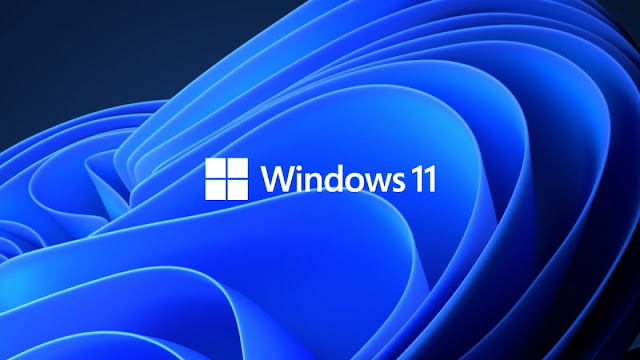Common problem occurs in windows os
Windows OS Common Problems and Solutions: There are many common problems that occur in Windows operating systems. Here are some of the most frequent ones:
- Slow Performance: Over time, a Windows OS can become slow and unresponsive, which can be caused by various factors such as too many programs running in the background, not enough free space on the hard drive, malware, or outdated drivers.
- Blue Screen of Death (BSOD): This is an error message that appears when Windows encounters a critical error that it cannot recover from. The BSOD can be caused by various factors, including hardware issues, faulty drivers, or corrupted system files.
- Malware Infections: Malware, such as viruses, worms, and Trojans, can infect a Windows OS and cause a range of problems, including slow performance, pop-up ads, and even data loss.
- Driver Issues: Drivers are software components that allow Windows to communicate with hardware devices. If a driver is outdated, missing, or corrupted, it can cause hardware devices to malfunction or not work at all.
- Software Compatibility Issues: Some software applications may not be compatible with a specific version of Windows or may conflict with other installed programs, causing errors or crashes.
- Network Connectivity Issues: Windows users may experience network connectivity problems, such as slow internet speeds, frequent disconnections, or issues with connecting to a wireless network.
- Windows Update Issues: Updates are important to keep the OS secure and up-to-date, but sometimes, they can cause problems, such as failing to install, taking a long time to download, or causing software incompatibility issues.
Solutions
Windows OS Common Problems and Solutions: Here are some general solutions for the common problems that occur in Windows operating systems:
- Slow Performance: To improve the performance of a slow Windows OS, you can try uninstalling unnecessary programs, freeing up disk space, updating drivers, or running a virus scan to remove any malware.
- Blue Screen of Death (BSOD): If you encounter a BSOD, you can try restarting your computer or booting into safe mode. If the issue persists, you can try updating drivers or performing a system restore to revert the OS to a previous state.
- Malware Infections: To remove malware from a Windows OS, you can run an antivirus or anti-malware program and perform a full system scan. You can also try using a malware removal tool to remove any stubborn infections.
- Driver Issues: To fix driver issues, you can try updating the driver through the Device Manager or using a driver update tool. You can also try uninstalling and reinstalling the driver or rolling back to a previous version.
- Software Compatibility Issues: To resolve software compatibility issues, you can try running the program in compatibility mode or updating it to the latest version. You can also try uninstalling conflicting programs or disabling any third-party antivirus or firewall software.
- Network Connectivity Issues: To fix network connectivity issues, you can try resetting the router, updating the network adapter driver, or using the Windows network troubleshooter.
- Windows Update Issues: To fix Windows update issues, you can try restarting your computer, running the Windows Update troubleshooter, or manually downloading and installing the update from the Microsoft website. If the issue persists, you can try disabling any third-party antivirus or firewall software.








0 Comments